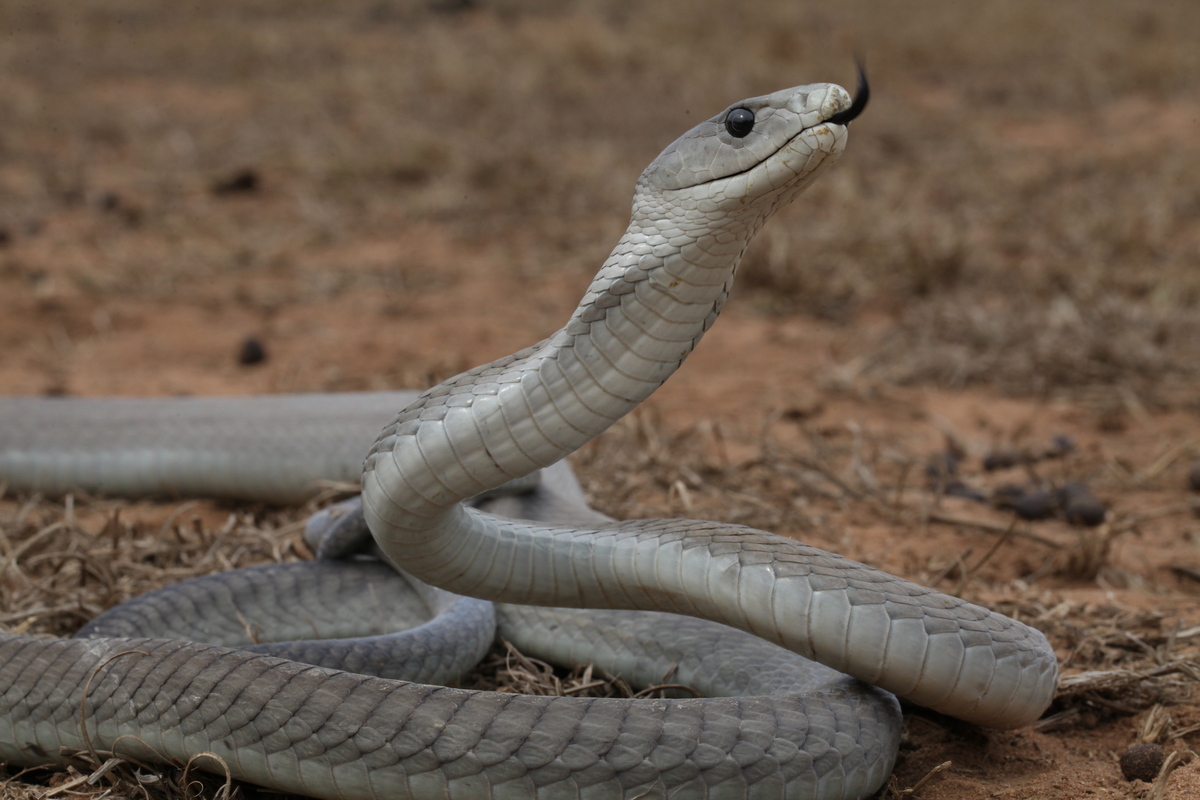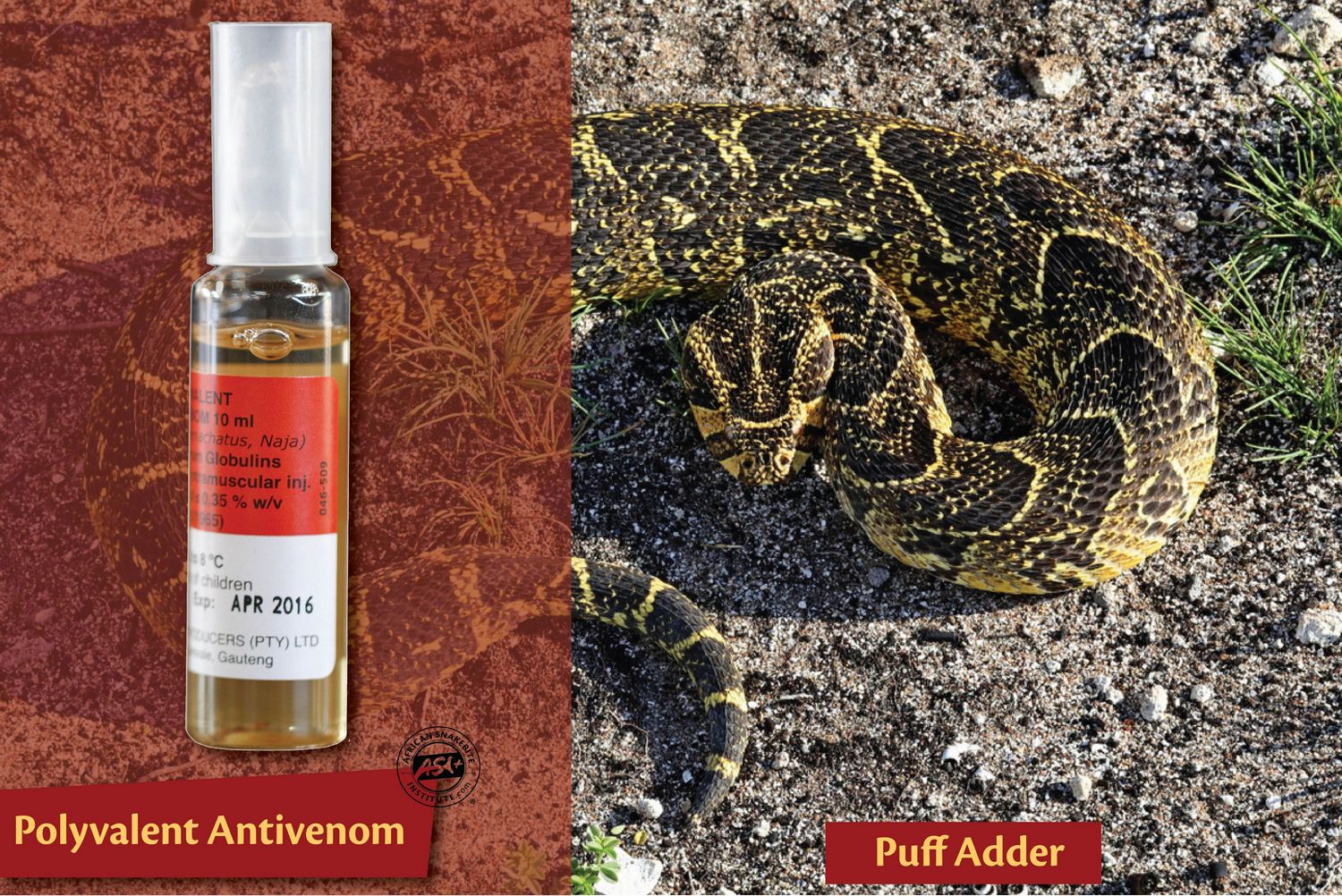|
Ask anyone what snake is the most dangerous in the world, and most will answer the Black Mamba. Some might say the Australian Inland Taipan and that may well be the case, but only on laboratory mice tests.
When testing the potency of snake venom, we use an archaic test called an LD50. It is the amount of venom from a specific snake that is required to kill 50 out of 100 laboratory mice within 24 hours. The LD50 for the Black Mamba is 0,32 mg/kg and for the Australian Inland Taipan it is 0,025 mg/kg. Unfortunately, it doesn’t tell us much as venom works differently on humans as opposed to on laboratory mice.
Few snakes have a reputation like the Black Mamba, and stories about its aggression, chasing people, striking for the neck and lifting its body over 2 m off of the ground are often told. Not to forget about stories of people dying within seconds from a bite.
|
 |
|
Black Mambas can lift around one third of their body off the ground.
|
|
|
|
New to stock
Warning Signboard –
Danger Venomous Snakes (Plastic)
0.9 mm ABS Plastic
Size: 30cm x 30cm
Price R120.00
|
|
|
| Order here |
|
|
|
The Black Mamba is by far the longest venomous snake in Africa, averaging around 2.2 to 2.8 m in length but reaching 3.8 m. There are historic records of 4.5 m individuals, but we have not seen such long mambas in over 30 years. We receive numerous reports of 5-6 m mambas, but these are just stories. Hatchling mambas, when they leave the eggs, measure around 50 cm in length and reportedly grow to as long as 2 m within a year.
|
 |
|
Baby Black Mambas hatch at around 50 cm and are highly venomous from birth.
|
|
|
|
It is a light to dark grey or olive brown snake becoming darker towards the tail with some individuals having some lighter barring on the side. Very dark individuals are rare and the common name is derived from the black inner lining of the mouth which is easily seen, as a nervous mamba will be quick to form a narrow hood and open its mouth in a threat display.
|
|
|
|
Our popular ASI LITE Gaiters are now available in Black.
Proudly made in South Africa, these are flexible snake gaiters that weigh 220 grams each. The outer shell is made of 400 g/m2 Riptech™ material, which is water resistant and designed to deal with the harsh climatic conditions experienced throughout Africa, while the inner shell is made of two layers of DuPont™ – Kevlar® micro filament yarn.
Price R1850.00
|
|
|
| Order here |
|
|
|
This snake is active during the day, although there are some reports from people that have seen mambas hunting at night. They favour termite mounds, deserted ant bear holes, porcupine burrows, and granite hillocks, especially those with dassie colonies. They are active hunters and prefer warm-blooded prey such as rodents, squirrels, dassies and other suitably sized prey, as well as birds. There are also reports of mambas killing and swallowing duiker.
Females lay up to 21 large, soft-shelled eggs in early summer that take about two months to hatch. Despite popular belief, hatchling mambas are not more dangerous than adults. Young snakes are not dumb, as is often the belief, and are able to control the amount of venom that is injected. Their venom is similar to that of adults but their venom yield is much smaller, although still enough to severely envenomate prey or a human victim.
A mamba may have a permanent home down an anthill or in a rock crevice and can live there for most of its life – around 40 years. Pairs of mambas are known to live down the same hole and may bask near their shelter but never hunt in pairs. Exactly how far a mamba travels in search of food is not known but travelling one or two kilometers a day is easily achieved.
|
 |
|
Black Mambas will be quick to form a narrow hood and open the mouth in a threat display.
|
|
|
|
The Black Mamba is not an aggressive snake, but it is extremely nervous. If given the chance to escape it is quick to do so and in the field, mambas are very quick to move off. Bites from this snake are not common and less than a dozen mamba bites are reported in South Africa for most years. To reiterate this point, more than 100 Black Mambas are removed a year from residential gardens and even houses in the greater Durban area, and bites are virtually unheard of. The biggest danger is accidentally cornering a Black Mamba in a confined space, such as a pump house on a farm. If the snake cannot escape easily, it will strike out and may bite more than once in quick succession. A number of bites are also reported where people surprise a mamba in the field. One such victim stopped next to a mamba on a motorcycle without seeing it and as he put his foot down next to the coiled-up snake it struck.
All elapids, which include the mambas, cobras, Rinkhals, coral snakes, shield-nose snakes and the South African garter snakes have short, fixed fangs in the front of the mouth enabling these snakes to inflict effective bites easily. Mamba fangs average around 4-6 mm in length.
|
 |
|
The venom of the Black Mamba is dangerously neurotoxic and is absorbed rapidly. It is primarily responsible for the paralysis of nerves, especially those controlling breathing. Victims soon mention pins and needles in their lips, the tongue is affected and as it no longer functions normally there is a build-up of saliva, excessive sweating, nausea and vomiting and as the victim becomes progressively weaker, the eyelids become droopy and the pupils dilate. Muscular twitches can usually be seen in the calf muscles and as the victim becomes weaker their breathing becomes more and more laboured. In serious untreated bites, victims may die within 1-7 hours or, in the case of small children, less than an hour.
The most important first aid measure is to call for help and get the victim to a hospital urgently. Always seek a hospital with a trauma unit. Bear in mind that it will be a lack of oxygen that will ultimately kill the victim, so the sooner one can get to a hospital or a private ambulance, the better. Ambulances are operated by paramedics who have training in airways management.
|
|
First Aid Measures
Immediately after a suspected Black Mamba bite one can apply a pressure pad right over the bite. It can consist of a piece of material, some bandage or even cotton wool. Then bandage up the area around the bite tightly – like one would for a sprained ankle. The idea is to slow down the rate at which venom is absorbed and buy a little time while getting to a hospital.
In Black Mamba and Cape Cobra bites, one could also make use of pressure immobilization. This is achieved by bandaging the affected limb with a stretch bandage (crepe bandage) from the site of the bite towards the heart. Pressure immobilization is effective in slowing down the rate at which venom spreads and to buy time, but the pressure is quite specific – around 50-70 mm Hg – and this is not easily achieved unless one has a Smart Bandage. Smart bandages have rectangles printed along their length and one needs to stretch the bandage until the rectangles become squares – then the correct pressure will be achieved.
Watch breathing: if the victim stops breathing on the way to hospital, start giving mouth-to-mouth breaths using a pocket mask or, if there are trained rescuers available, a bag valve mask reserve.
While there are historical reports of most Black Mamba bite victims succumbing to their bites, nowadays most Black Mamba bites are treated successfully, provided that the victim reaches a hospital soon enough to be ventilated, if required.
Polyvalent antivenom, which costs just under R2,000.00 per vial, covers the venom of our mambas, most cobras, the Rinkhals, Puff Adder and Gaboon Adder. Black Mamba victims are usually started off with 12 vials but may require as many as 20 vials. As a large number of snakebite victims have an allergic reaction to the antivenom, and with some going into anaphylactic shock, antivenom is only administered in a hospital environment and only if required. Around 9 out of 10 snakebite victims that are hospitalised do not require, nor receive antivenom.
|
 |
|
Polyvalent antivenom covers the majority of our dangerous snakes in southern Africa, including the Black Mamba.
|
|
|
|
Smart Pressure Bandage
The smart pressure bandages have printed rectangles on them and when applying the bandage it must be stretched until the rectangles form squares – the correct pressure is attained every time.
Only for use in cases of confirmed Black Mamba or Cape Cobra bites.
Price includes a FREE First Aid for Snakebite Booklet.
Price R195.00
|
|
|
| Order here |
|
|
|
Black Mambas are shy, alert snakes that avoid humans and are quick to escape given the opportunity. However, they are also nervous and are quick to bite, often multiple times, if cornered or attacked. If you come across an unwanted Black mamba, use the free ASI SNAKES app to call a professional snake remover in your area and do not attempt to capture or kill the snake yourself. These snakes are large, quick-moving and unpredictable. The venom is fast-acting and a victim must be transported to a medical facility rapidly.
|
 |
|
|
|
Combo J
One of our best selling Combo J includes:
JM150 Snake Tong
1.2 m Collapsible Snake Hook
750 mm snake tube
First Aid for Snakebite Booklet
Safety Glasses for Spitting Snakes
And A1 Snakes of Southern Africa Poster
Price R1895.00
|
|
|
| Order here |
|
|
|
|
|
|